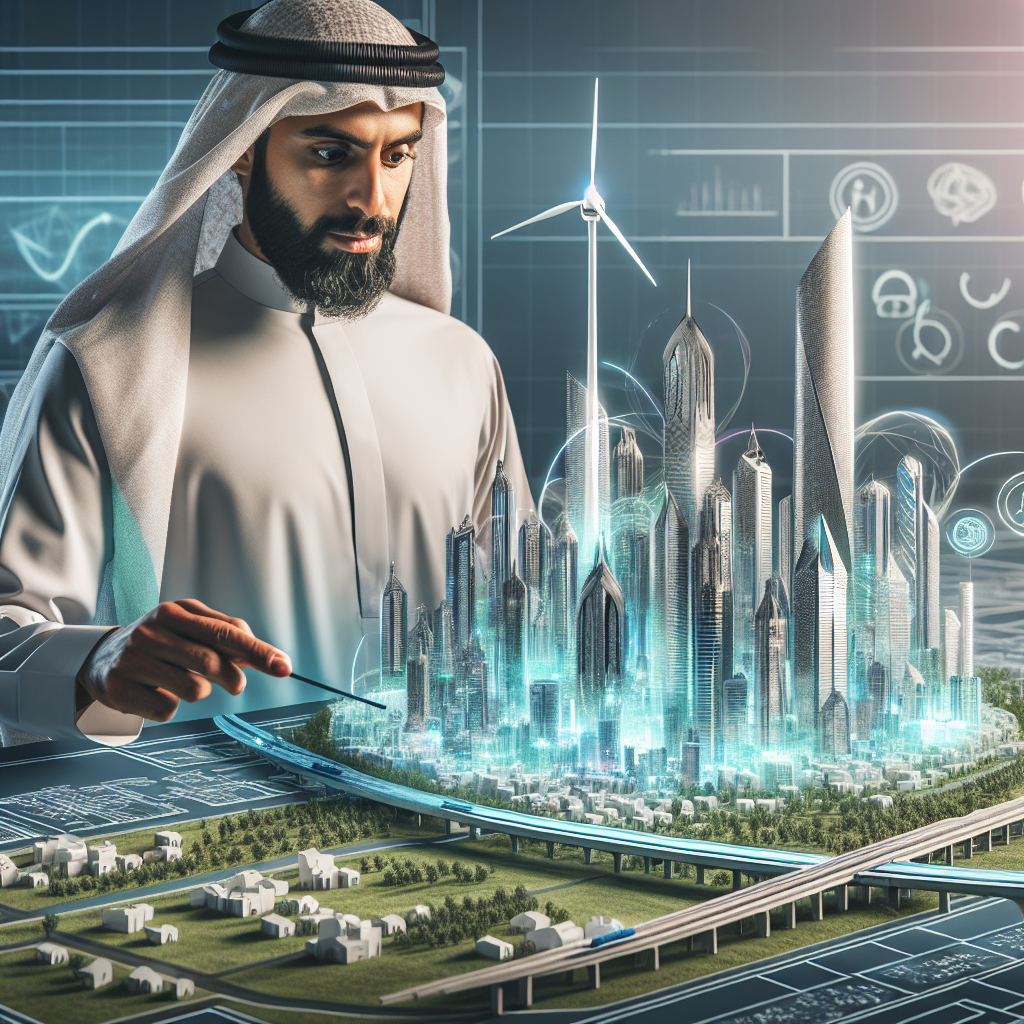Urban planning is a crucial aspect of creating sustainable and thriving cities. As populations continue to grow, the need for more efficient and effective urban planning becomes increasingly important. Revitalizing our cities is not just about modernizing infrastructure, but also about creating spaces that are livable, accessible, and inclusive for all residents. The future of urban planning lies in innovative solutions that address the challenges of urbanization while promoting sustainability and quality of life.
One of the key aspects of revitalizing our cities is promoting mixed-use development. This means creating spaces that combine residential, commercial, and recreational areas in close proximity. By integrating different functions within a single neighborhood or district, cities can reduce the need for long commutes and promote a sense of community. Mixed-use development also encourages walkability and reduces reliance on cars, which can help alleviate traffic congestion and reduce carbon emissions.
Another important aspect of urban planning is preserving green spaces and promoting sustainable transportation options. Green spaces not only provide a respite from the hustle and bustle of city life, but also play a crucial role in mitigating the effects of climate change. By incorporating parks, gardens, and public spaces into urban planning, cities can improve air quality, regulate temperatures, and promote biodiversity. Sustainable transportation options, such as public transit, cycling lanes, and pedestrian-friendly streets, can reduce pollution and congestion while promoting physical activity and reducing dependence on cars.
In order to revitalize our cities, it is also important to prioritize affordable housing and address issues of inequality and social exclusion. As urban populations continue to grow, the demand for housing increases, leading to rising prices and displacement of low-income residents. By implementing policies that promote affordable housing, cities can ensure that all residents have access to safe, affordable, and dignified housing. Addressing issues of inequality and social exclusion is also crucial in creating inclusive and equitable cities that promote social cohesion and foster a sense of belonging for all residents.
Additionally, revitalizing our cities requires a holistic approach to urban planning that takes into account the needs and preferences of diverse communities. By engaging with residents, community organizations, and stakeholders, cities can develop plans that reflect the unique characteristics and aspirations of different neighborhoods. Participatory planning processes can help build trust, foster collaboration, and ensure that the voices of marginalized groups are heard and taken into consideration. By promoting inclusivity and diversity in urban planning, cities can create spaces that are more equitable, responsive, and resilient.
Technology also plays a critical role in revitalizing our cities and shaping the future of urban planning. Smart city technologies, such as sensor networks, data analytics, and internet of things (IoT) devices, can help cities collect and analyze data to inform decision-making, optimize resource allocation, and improve service delivery. By harnessing the power of technology, cities can improve efficiency, enhance sustainability, and create more responsive and adaptable urban environments. As technology continues to advance, urban planners will need to stay abreast of emerging trends and innovations to effectively address the challenges of urbanization and create cities that are intelligent, inclusive, and sustainable.
In conclusion, revitalizing our cities is a complex and multifaceted task that requires a holistic and innovative approach to urban planning. By promoting mixed-use development, preserving green spaces, promoting sustainable transportation options, prioritizing affordable housing, addressing issues of inequality and social exclusion, engaging with diverse communities, and harnessing the power of technology, cities can create spaces that are livable, accessible, and inclusive for all residents. The future of urban planning lies in creating cities that are dynamic, resilient, and responsive to the needs and aspirations of their residents. Only by working together and embracing creativity and innovation can we create cities that are truly sustainable and thriving for generations to come.



